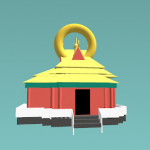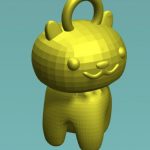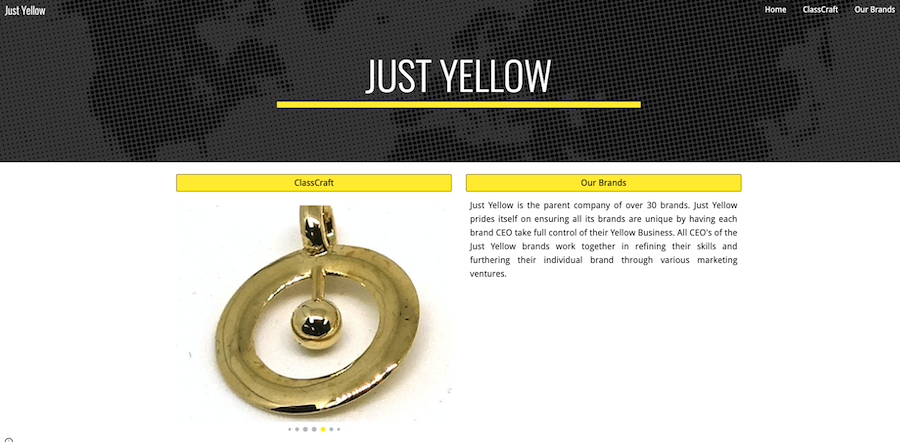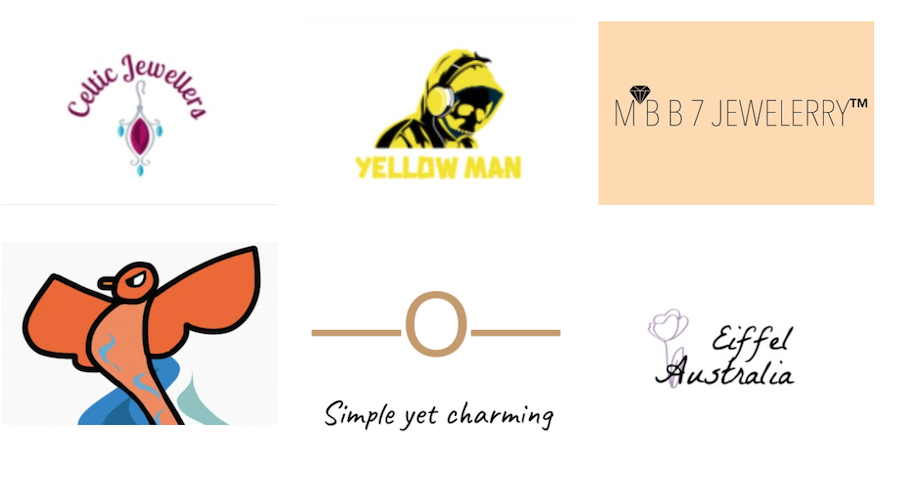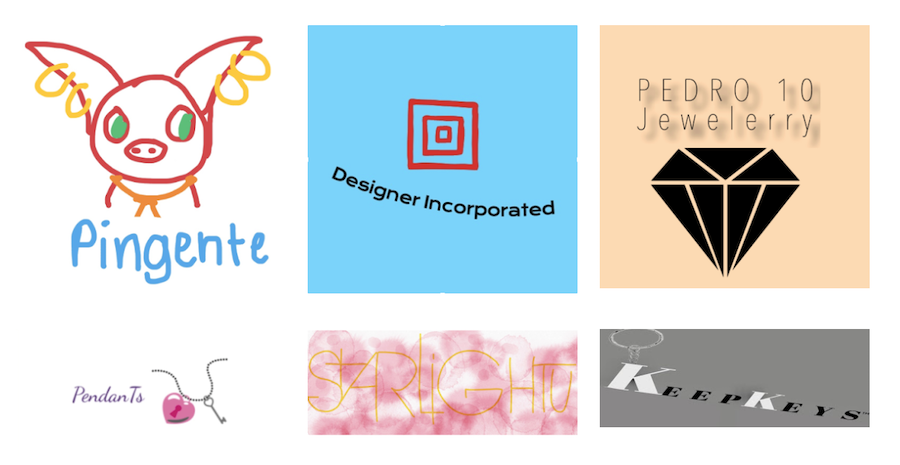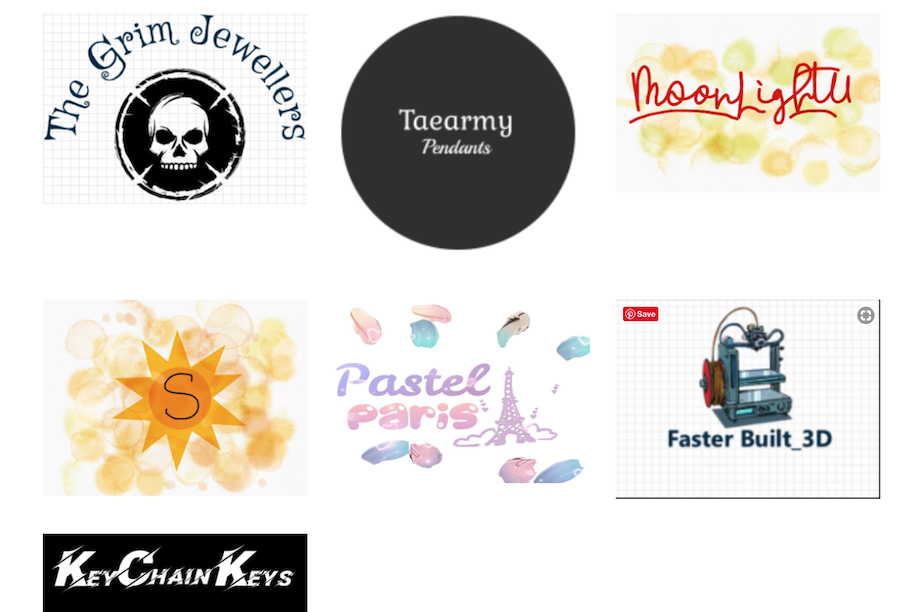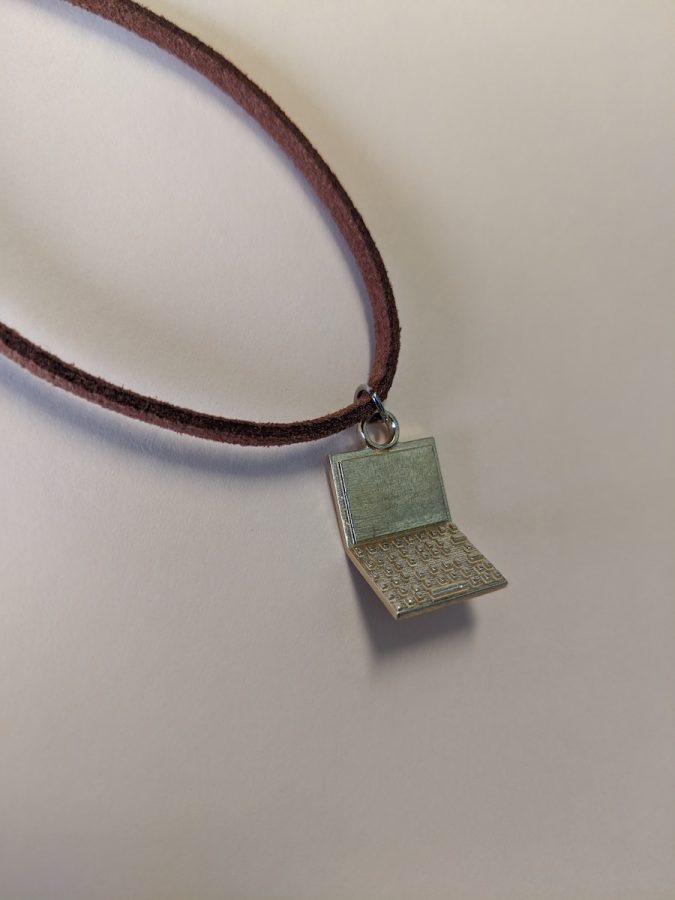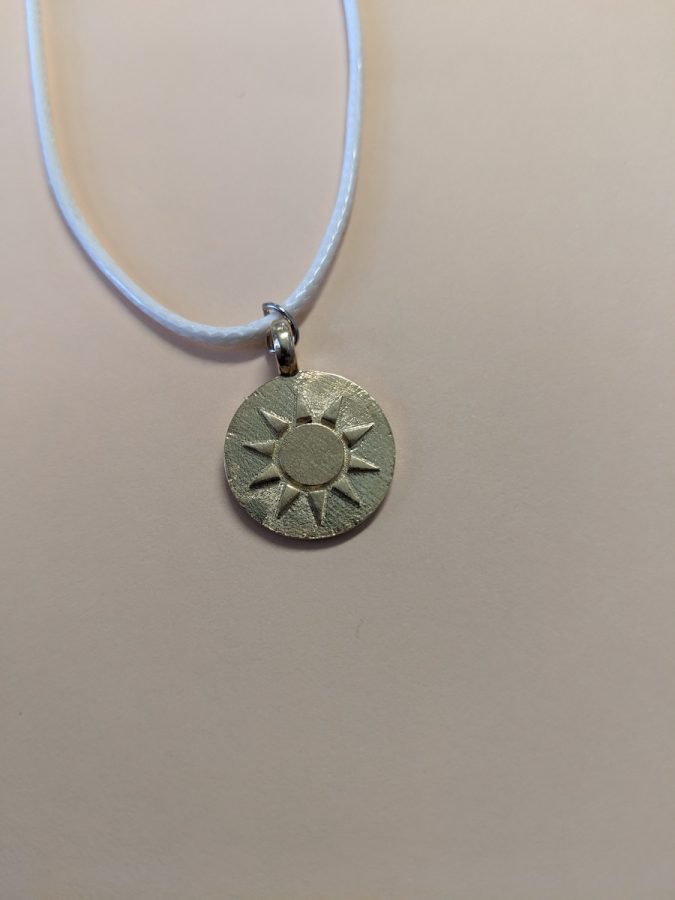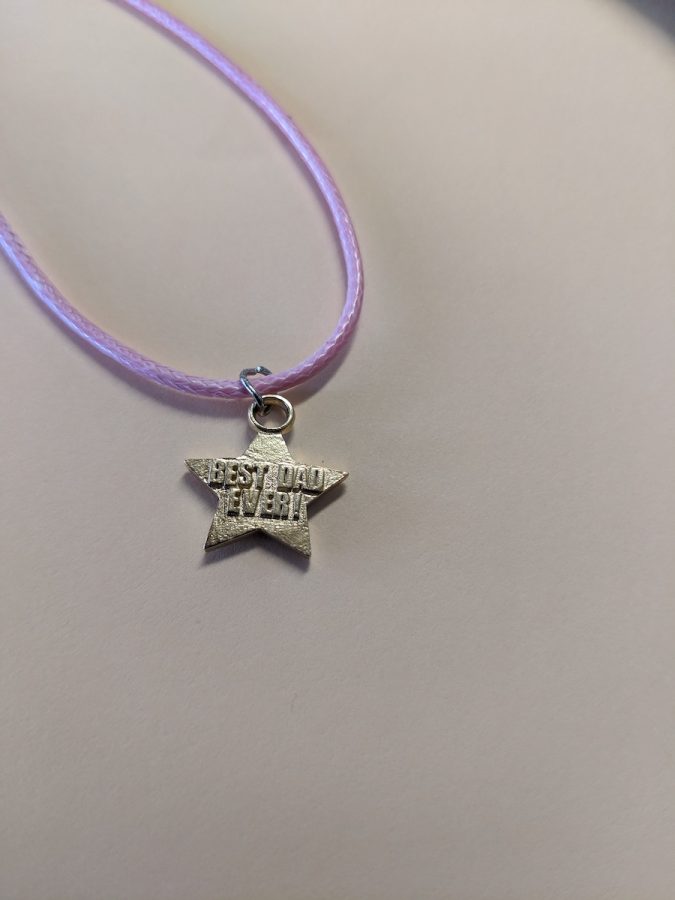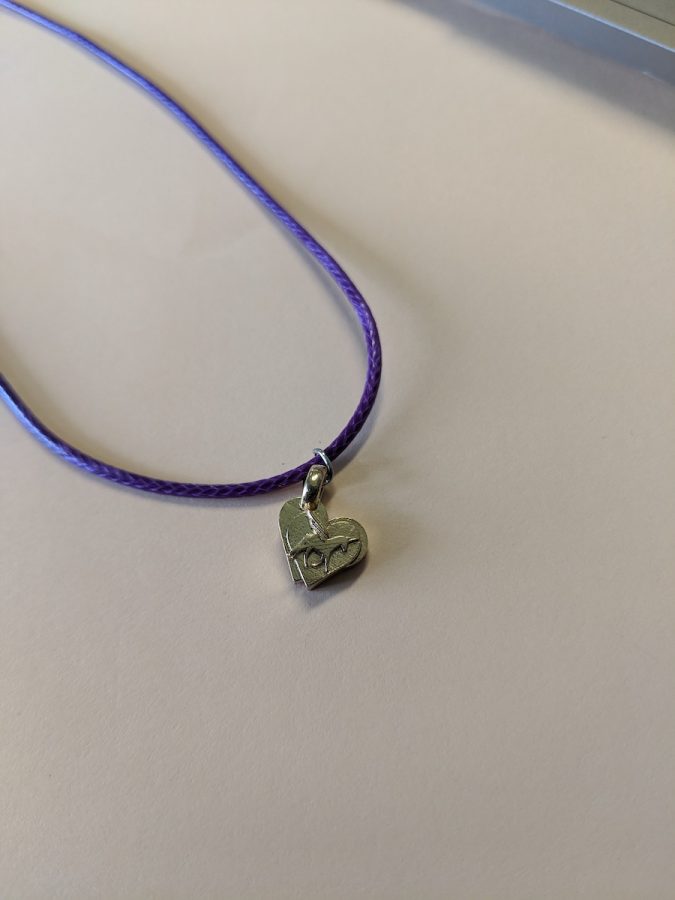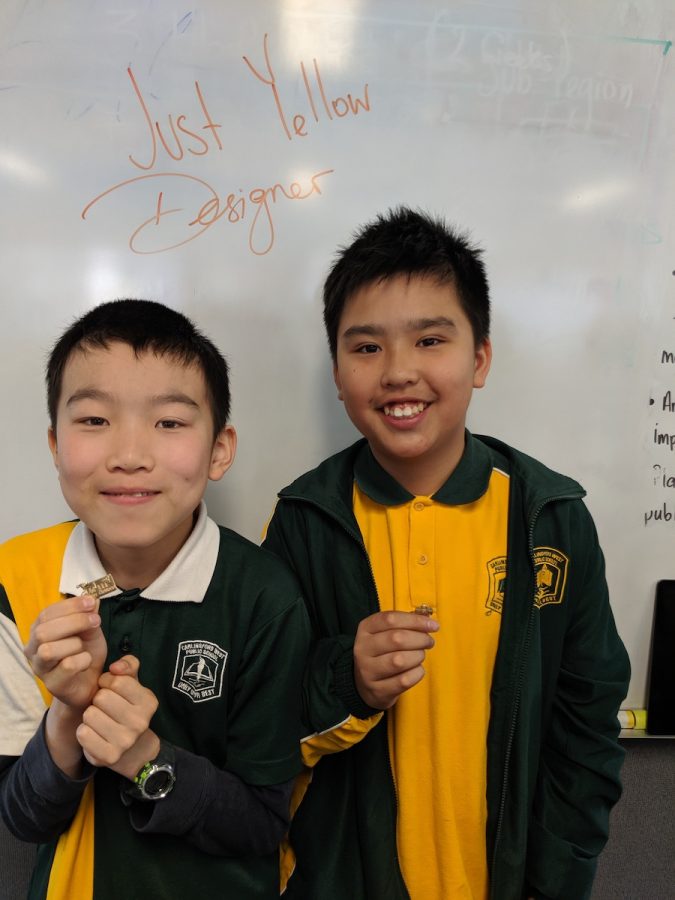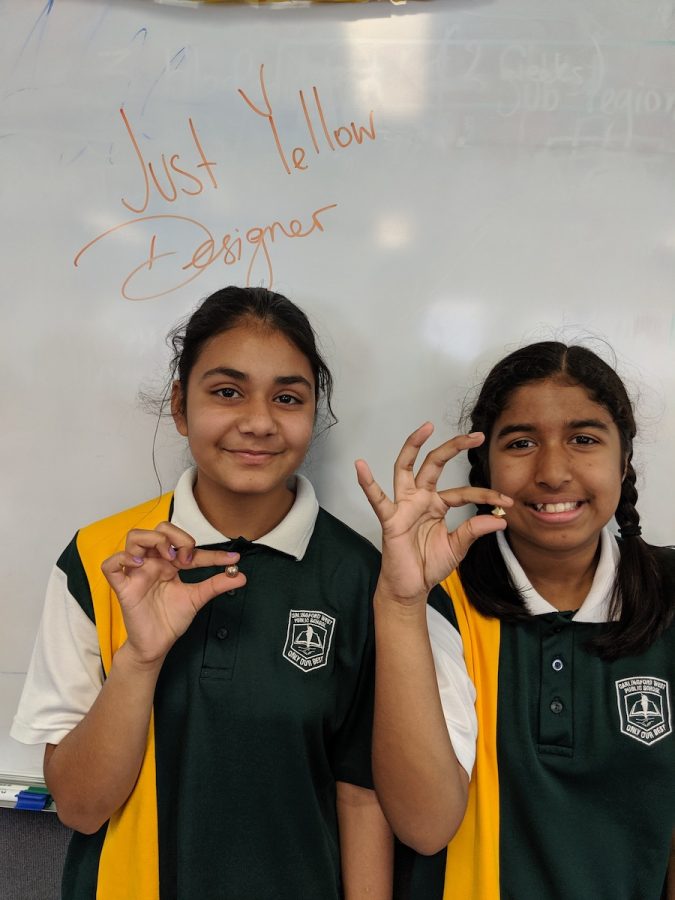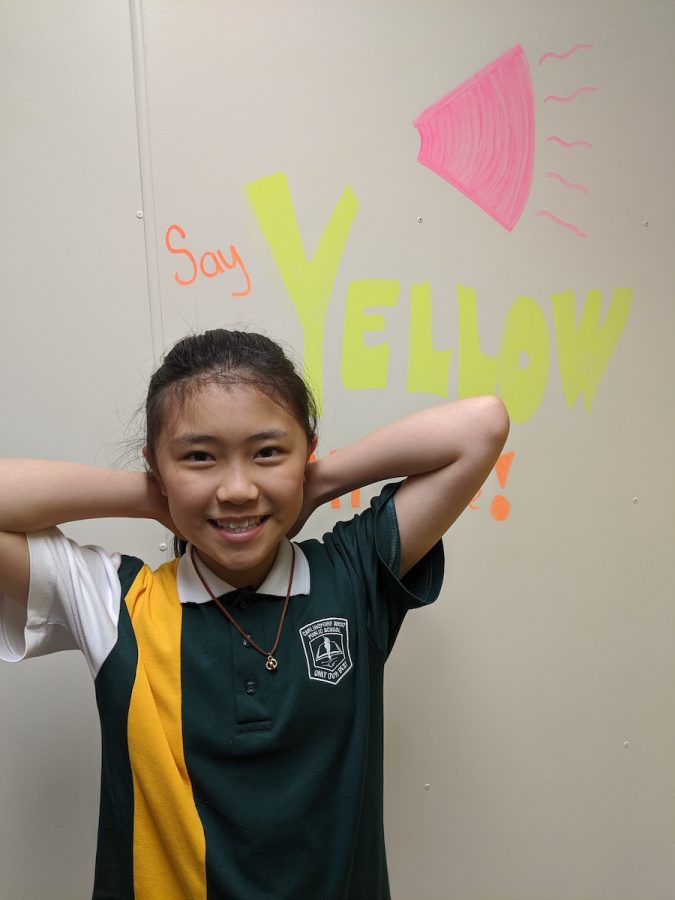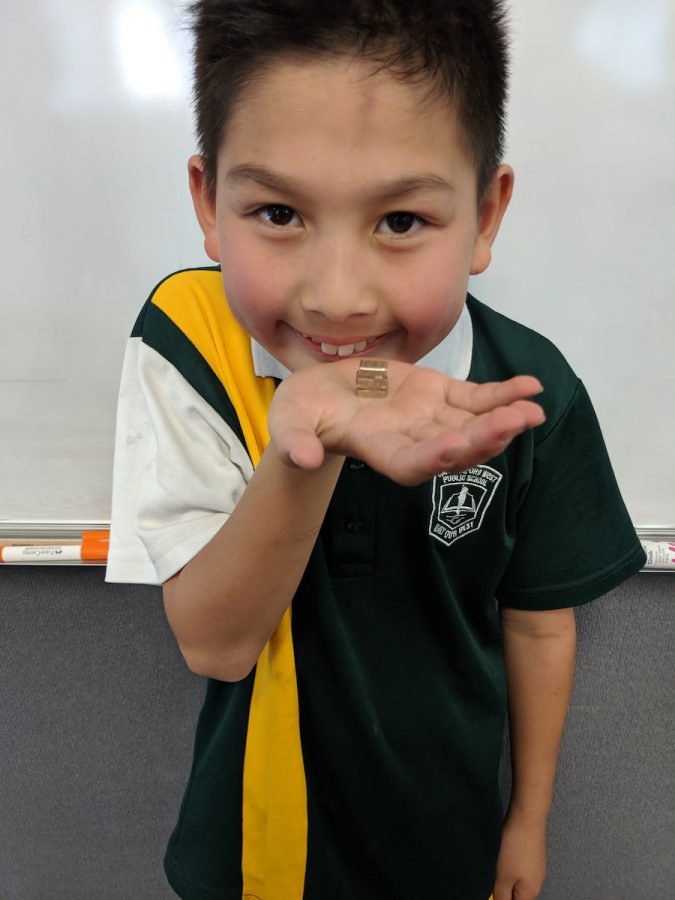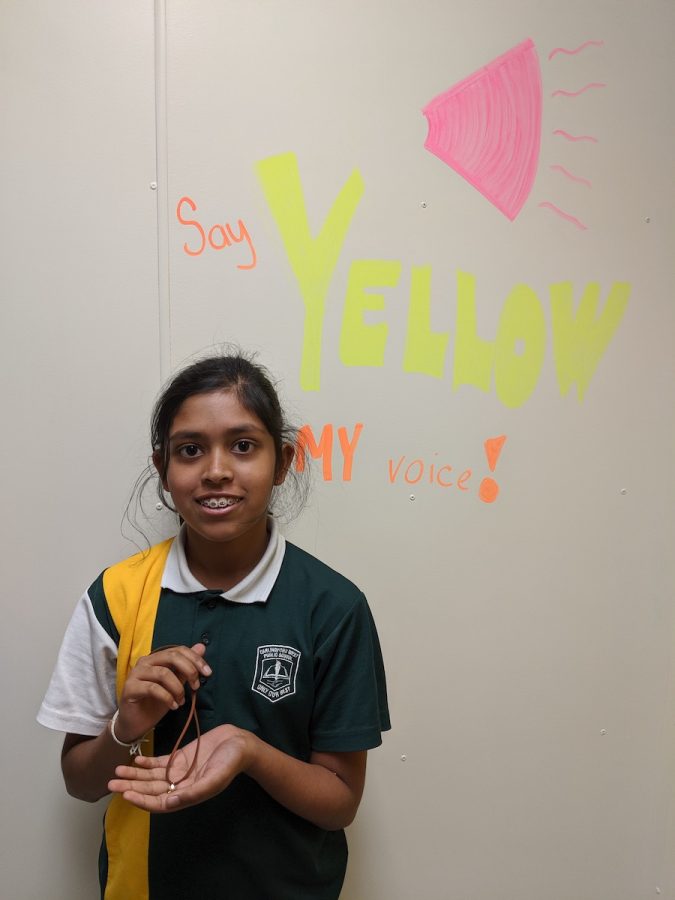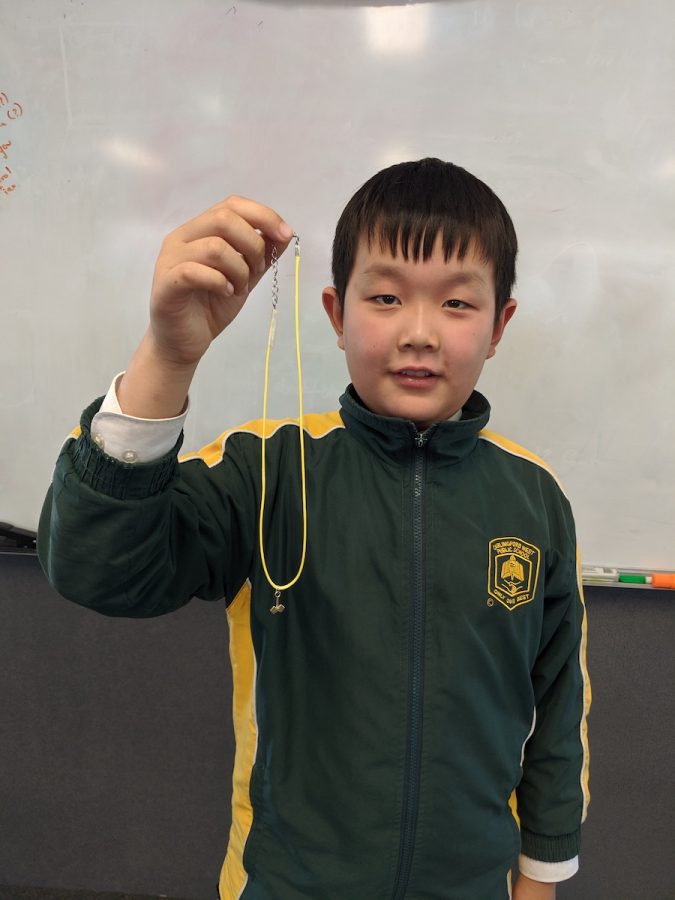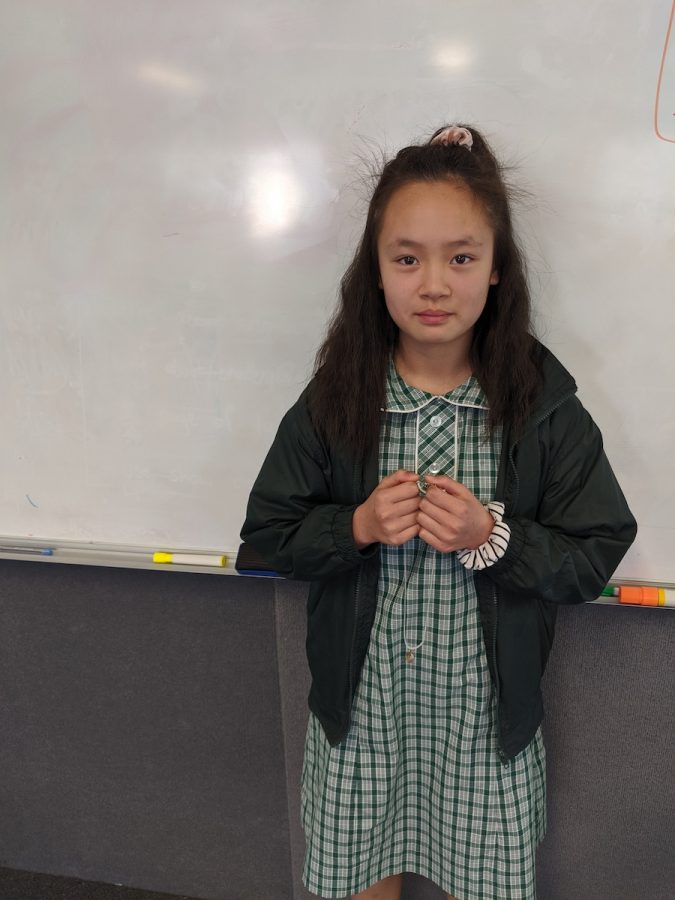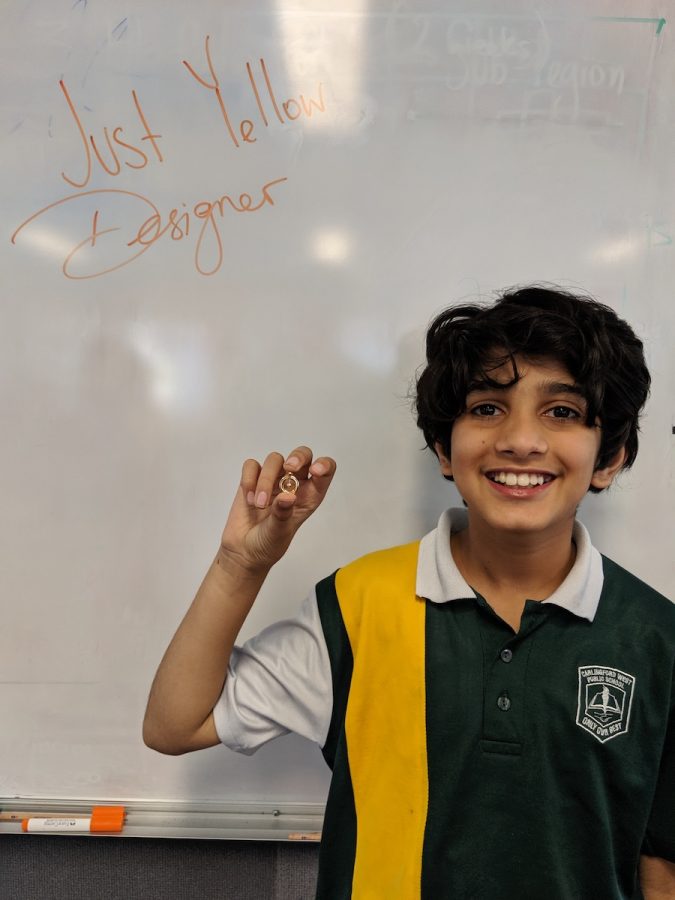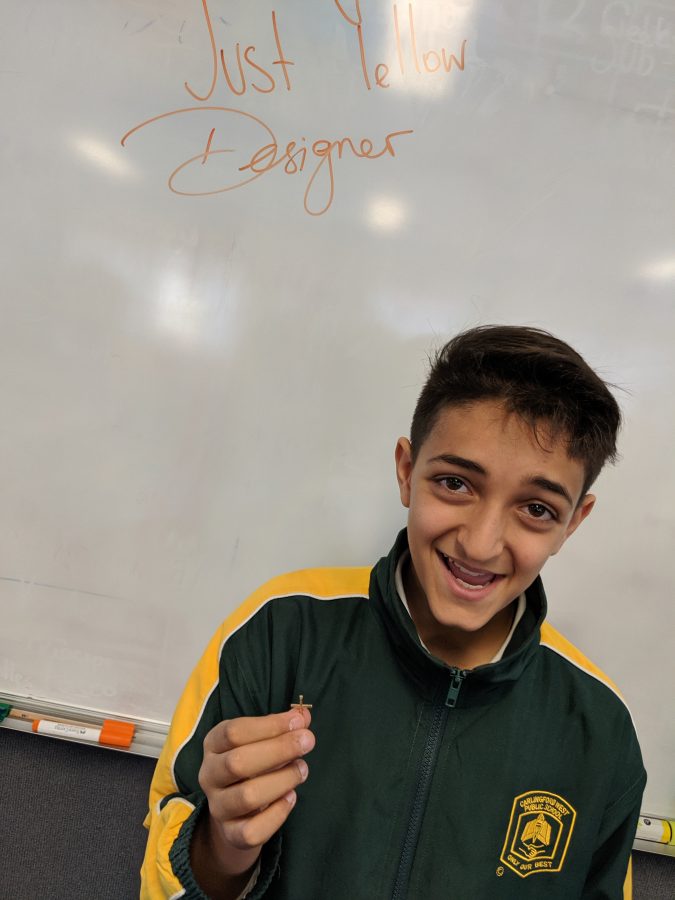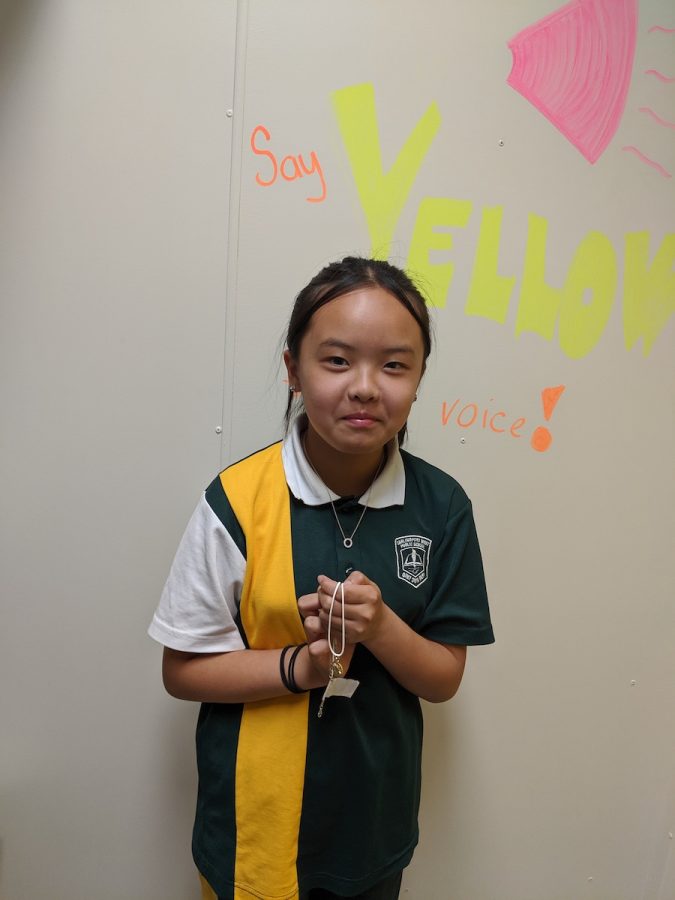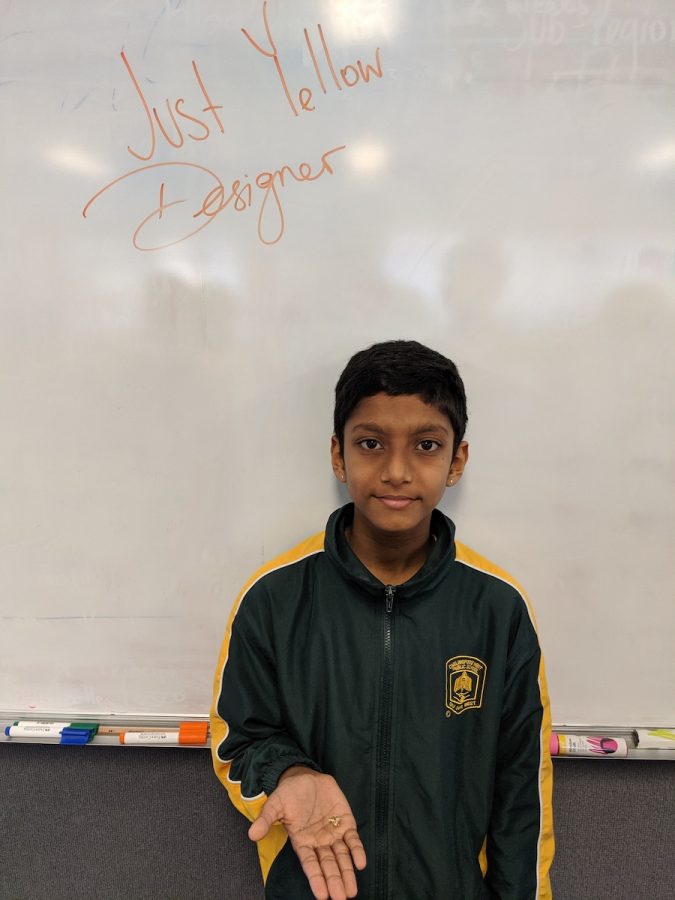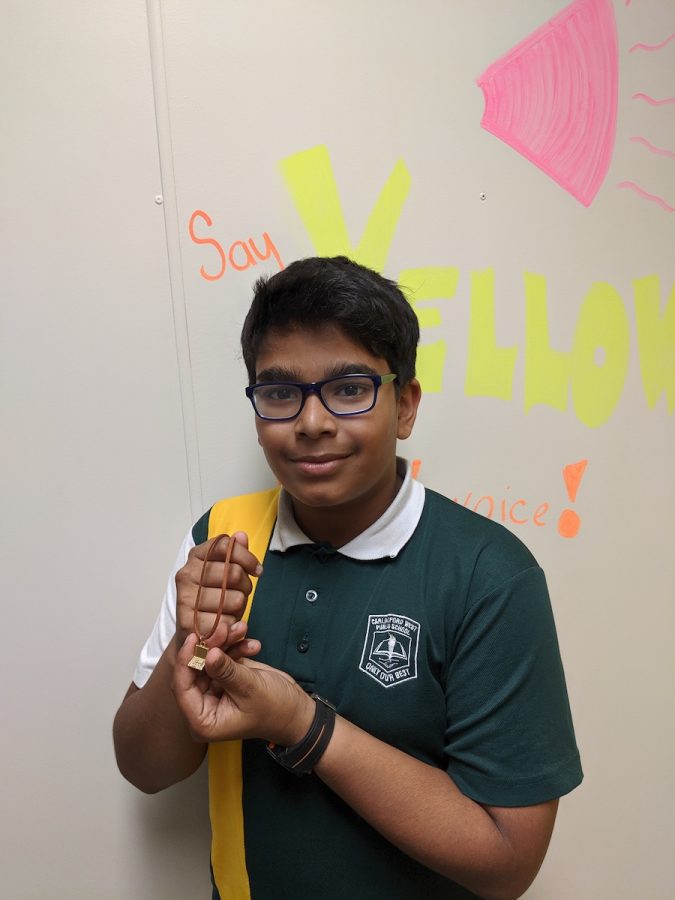Luke Drain is a classroom teacher at Carlingford West Public School in Sydney. Luke came to teaching after studying IT and was fortunate to secure a position at Carlingford West shortly after he finished his degree. We spoke to Luke recently about how he is using 3D printing and Makers Empire to engage students in Project-Based Learning and to teach Entrepreneurship, STEM, Geography, Creative Arts and English. You can follow Luke on Twitter.
The MakeShop Trial Invitation
Carlingford West have been using Makers Empire since 2015 so Luke was no stranger to Makers Empire.
“I used Makers Empire last year and then did the proficient teacher professional development course that Mandi runs,” Luke explains.
It was through the course that we got to know Luke. So we asked Luke to a trial of a new Makers Empire program called MakeShop, a new service we’re piloting that offers Makers Empire schools an easy way to access professional, cutting-edge 3D metal printing technology. With Make Shop, schools can take their 3D design and printing programs to the next level by offering students and parents access to 3D printed objects of superior, keepsake quality, designed by students using Makers Empire.
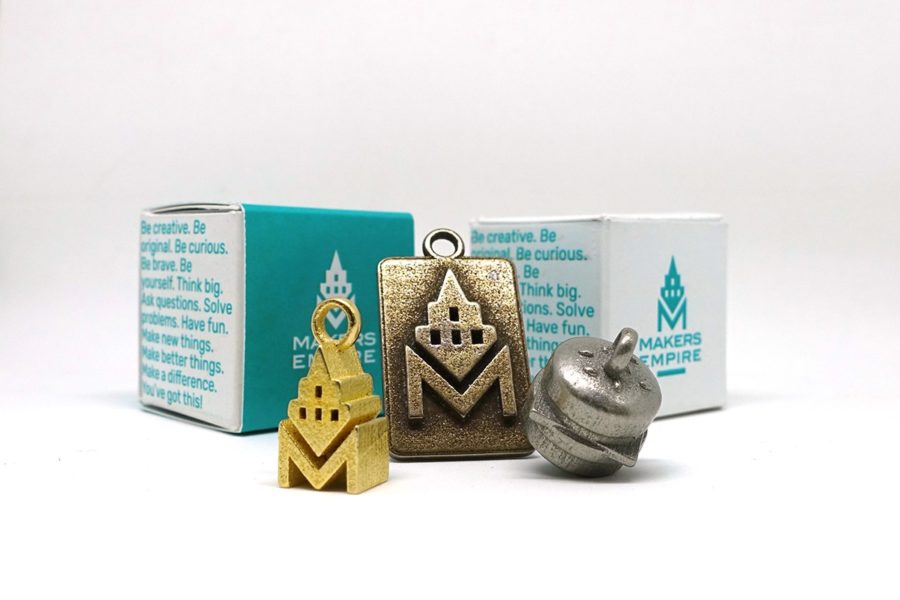
After his initial enthusiasm, Luke wondered if he’d have the time to actually do a project like this.
He explains, “there’s a lot of additional learning I do with my class in addition to the curriculum (but) curriculum is core business. When I first looked at this MakeShop project — metal jewellery — other projects were starting to eat into my curriculum time. So I couldn’t find time for it. That’s when I thought, how can we build this into something more while making it realistic for the students? How can I incorporate as many KLAs (Key Learning Areas) into it that I can?”
Teaching Entrepreneurship, STEM, Creative Arts Geography and English
Luke decided to expand his initial idea. Rather than just having his students creating designs to be printed in metal, the students had to create their own custom jewellery businesses. Designing is not as easy as a click here but is worth the effort. This way, students were also able to learn different aspects of entrepreneurship, STEM, geography, English, Creative Arts and marketing.
For the design component of the project, his class of 32 students had to complete the following tasks:
- Create preliminary design sketches on paper
- Create original jewellery designs using Makers Empire 3D app
- Choose their best two designs to be printed in metal
- Check their finished prints and refine their designs further
For the business side of the project, students had to complete the following tasks:
- Research young kids who ran their own businesses for inspiration
- Come up with a business name that reflected their personality
- Check if their business name was registered with ASIC
- Create a company mission statement
- Design a company logo that reflected their company goals and personality.
- Create a website for their business using Google Sites. View the class page with links to all of the individual students’ websites and be inspired by the great websites that the students set up. The sites are locked to the Department of NSW, so Luke has full control over who can view the sites.
- Check how their site looked on desktop, tablet and mobile and adjust the design
- Create a web advertisement, print advertisement, and 30 second TV advertisement to promote their business.
- Create 5 blog posts for their website, based on their research of five different countries. The students had to pretend they had visited their chosen countries and were sharing their experiences with their customers. Only at the end of the post did the students explain how their trip had inspired one of their jewellery pieces and encourage readers to check it out.
Expanded in this way, Luke’s project covered not only the Design & Technology curriculum, but also STEM, Entrepreneurship, Geography, Creative Arts, and English, too.
“This has been a really good learning opportunity for students – it had more opportunities than I even realised,” says Luke.
Engaging All Students with 3D Printing
“Students found the whole project really engaging. Some of my students — about a quarter of them — can get fixated on grades while the rest of the class want to know how learning can be used in real life and how it can be applied,” Luke says.
Luke has previously done similar projects with his class but he found his students were more engaged with the MakeShop trial.
“In STEM classes, we’ve done mini business projects before. But the kids didn’t want to do it as much as they did this. With the jewellery stuff, when I told then, they were reluctant”.
Moreover, Luke was pleasantly surprised by how engaged his male students were with the MakeShop trial.
“With jewellery, I thought the girls would be more into it but the boys have been all over it as well. Girls were happy about it but the boys were ecstatic… I think it’s about the real-world connection… being able to show that they’ve made… Also, in my class, I have parents that run their own businesses and for those kids, they liked doing what mum and dad do.”
Luke was also pleased that his reluctant learners also happily joined in.
“Students that I had trouble engaging – they surprised me the most. Because it was non-traditional learning, they got up and jumped in.” Luke says.
Developing Persistence and Engaging Reluctant Learners
“There was one student whose pendant’s design kept getting knocked back (as not being physically suitable for printing) and he was getting really frustrated. When he finally got it right, he said, ‘Mr Drain, thank you so much for pushing me – you have no idea how good I feel right now.’”
Luke saw other students develop similar persistence and resilience.
“There was another student who didn’t want to do any of the literacy work for the website. He found it too hard and didn’t want help. When he saw other students getting their designs, he came up to me and said, ‘I’m really disappointed that I didn’t do my work. I’ve missed out.’”
Thankfully, that student learnt from his mistake.
“Out of 174 kids in grade 6, he was the first one to get his completed design for the Year 6 Project,” Luke says, happily.
Creating Their Own Graduation Keepsakes
While Luke’s class was the only class to complete the small business project, Carlingford West Public School is using its trial of MakeShop to give every grade six student their own original metal 3D printed pendant as one of their graduation gifts from the school. Each student will create his or her own keepsake 3D printed pendant – what a lovely idea and so much more personal and meaningful for the students.
For Luke, the students’ pendants will be a powerful reminder of the skills and mindsets his class have gained through this project.
“With this, they get to design and wear a piece of jewellery but they also get to (experience what it’s like to) set up a real business. They were so invested in this,” he says.
Thanks for sharing your experiences with us Luke. We can’t wait to see what you and your students get up to next!
Interested in learning more about how MakeShop might work at your school? Contact Matt at matt[at]makersempire.com for more details. (Please replace [at] with the @ symbol).


